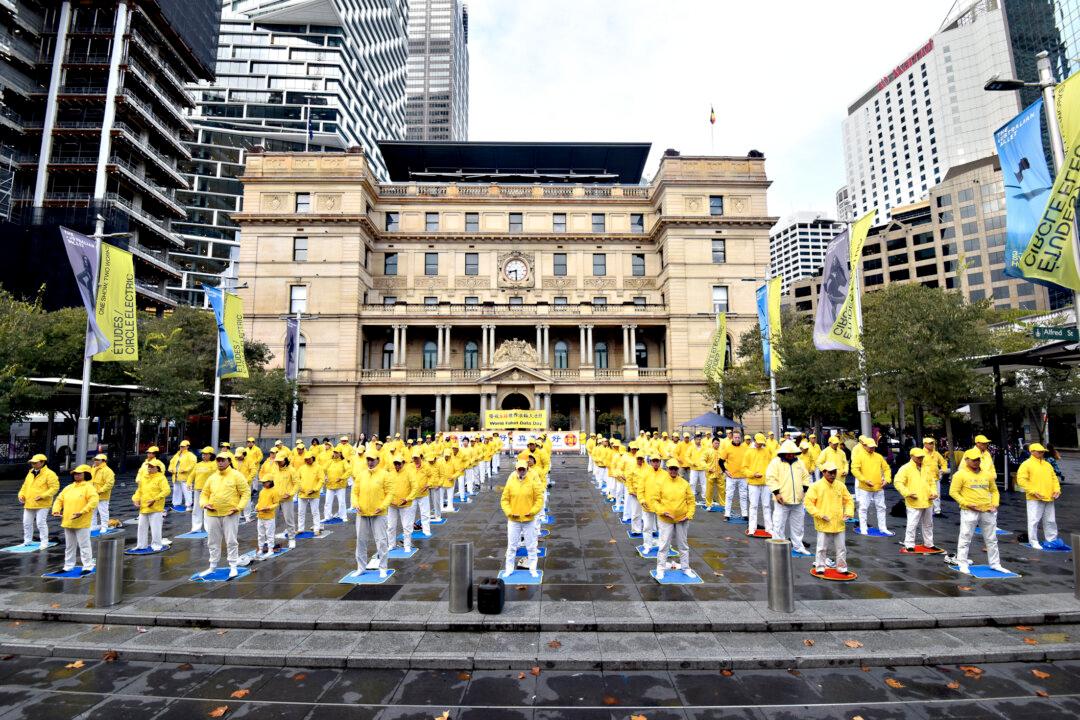New home building in Australia is set to decline from its peak to a trough in 2025, amidst interest rates increase, building cost surge and capacity constraints, the House Industry Association (HIA) said. The industry peak body also anticipates increasing cash flow pressures on builders from rising borrowing costs and slowing demand.
The forecasted decline from 229,000 housing commencements in the calendar year 2021 to an estimated 183,800 in 2024 before reaching a trough of 99,350 in 2025 is said to broadly reflect the effect of the interest rate rise according to the latest HIA quarterly national outlook report.





